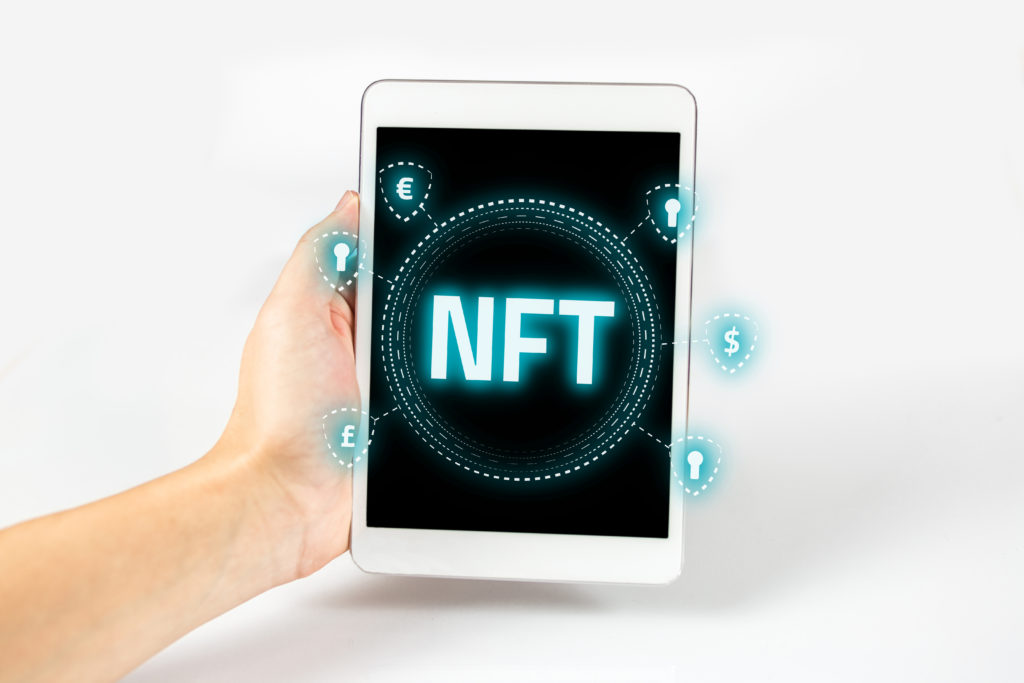Next-generation investing is looking more diverse than ever before with the rising adoption of cryptocurrency (crypto) and Non-Fungible Tokens (NFTs)). The NFT and crypto phase attracts many people to invest significant money trading digital assets.
Background: Next-generation investing in NFTs and crypto
A global poll has revealed that 52% of millennials and 74% of Generation Z are considering and open to acquiring non-fungible tokens (NFTs) for their investment portfolios. The fresh poll comes from the deVere Group, one of the world’s top financial advisory, asset management, and fintech firms with reportedly $12 billion under advisement.
The deVere Group surveyed 600 clients aged 42 and under throughout Europe, North America, Asia, Africa, Australia, and Latin America to gain insight into the hunger for digital assets.
A survey administered by the San Francisco crypto exchange Kraken revealed that 40% of Australian millennials prefer investing in cryptocurrency over real estate and believe that investing in digital assets will deliver long-term gains. In addition, the survey showed that several Australians are losing confidence in traditional assets like gold, stocks, and real estate.
The study also showed that 22% of millennial Australians (born between the early ’80s and mid-’90s) think investing in digital assets is better to save funds than storing wealth with bank accounts. On the other hand, close to 50% of the baby boomer (born between the mid-’40s and mid-’60s) crowd surveyed said they did not invest in crypto and were sceptical due to the crypto economy’s volatility.
Next-generation investing: What are NFTs and crypto?
Cryptocurrency
Cryptocurrencies are digital currencies supported by cryptographic systems. They permit secure online payments without using third-party intermediaries. “Crypto” refers to the various cryptographic techniques and encryption algorithms that protect these payments, such as public-private vital pairs elliptical curve encryption and hashing functions.
Cryptocurrencies can be purchased or mined from cryptocurrency exchanges. Unfortunately, not all e-commerce sites allow purchases using cryptocurrencies. As a result, even popular ones like Bitcoin and cryptocurrencies are rarely used for retail transactions. Although, the skyrocketing value of cryptocurrencies has made them popular as trading instruments. To a limited extent, they are also used for cross-border transfers.
Cryptocurrencies promise to streamline existing financial architecture to make it faster and cheaper. Moreover, their technology and architecture decentralise existing monetary systems and allow transacting parties to exchange value and money independently of intermediary institutions such as mainstream banks.
NFTs
Non-fungible tokens (NFTs) are cryptographic assets on a blockchain with unique identification codes and metadata that discern them from each other. They differ from cryptocurrencies because they cannot be traded or exchanged at equivalency.
The individual construction of each NFT has the potential for several uses. For example, they are an ideal vehicle to represent physical assets like real estate and artwork digitally. Furthermore, because they are based on blockchains, NFTs can remove the need for intermediaries and connect artists with audiences or be utilised for identity management. Essentially, NFTs can simplify transactions, remove intermediaries, and create new markets.
A great deal of the current market for NFTs is centred around collectibles, such as digital artwork, sports cards, and rarities.
NFTs transpose the crypto paradigm by making each token unique, irreplaceable, and impossible for one non-fungible token to be equal to another. They are also extensile, meaning you can combine one NFT with another to breed a third, unique NFT.
Like Bitcoin, NFTs also contain ownership information for easy identification and transference between token holders. Owners can also add metadata or attributes about the asset in NFTs. For example, tokens representing coffee beans can be classified as fair trade. Or artists can sign their digital artwork with their signature in the metadata.
Old school investing recommendations
Shares
When you buy shares, you’re buying a small slice of a company. Because you own a small piece of the company, when the company’s value grows, the value of your share grows with it. You’re also entitled to a small slice of any profits paid out to shareholders in the form of dividends.
A significant advantage of buying shares is that you can choose a company you think is a good investment, and then if the company performs well, you benefit. However, the downside of shares is that when you buy shares in one company, your risk is concentrated in just that company, i.e. your investment isn’t diversified.
The other downside is that the statistics show that it’s hard to choose consistently investments that will perform better than the average share market return.
Managed funds
A managed fund is a pooled investment that typically buys up several shares, where the investors share the costs and ultimately returns. The advantage of managed funds is that you can buy one investment that immediately gives you access to many shares.
The downside of managed funds is that you don’t have as much control over how the money is invested, and the tax consequences of buying and selling shares are spread across investors.
Exchange-traded funds
Exchange-Traded Funds (or ETFs) have been growing in popularity over the last few years and increasing just as quickly as the number of ETF options available to investors. ETFs are like a hybrid of shares and managed funds, where investors can access a bundle of shares and have more control over their tax outcomes.
The downside of ETFs is that because these are bought and sold on a share brokerage platform like CommSec, they typically come with a fixed brokerage cost every time you invest.
Micro-investing
Micro-investing apps and platforms like Raiz and Pearler have burst into the investment scene over the last decade and have become very popular for a good reason. They have the advantage of combining a smooth user experience with the ability to invest small amounts of money into shares, managed funds, or ETFs.
The downside of micro-investing is having slightly less control of your investments, and when you have more significant amounts to invest, the fees can be higher than some of the alternatives.
How to choose
When you’re in the early stages of your investment journey and don’t have a six-figure plus portfolio, the difference between shares, managed funds, ETFs, and micro-investing apps will be pretty s
light.
The lack of initial diversity and knowledge suggests that when making your investment choice, you should focus on a solution that’s easy for you to set up, use and navigate, putting you in a position to take action sooner to start getting results.
If you’re intending to invest a sizeable amount of money as an initial contribution or regularly moving forward, making the best choice at this point will pay big dividends over time. If this is you, think about doing some research or getting sound professional advice.
Vogue Advisory Group – helping next-generation investing
The number of choices out there can be overwhelming and a massive barrier to taking action and getting results. But only if you let it.
Take the time to understand your options and how to make the right choice for you, and you’ll go a long way to building the confidence to make your investment goals happen.
If you have or are considering investing in cryptocurrency and would like more information, contact one of our advisors, and we will assist you.

